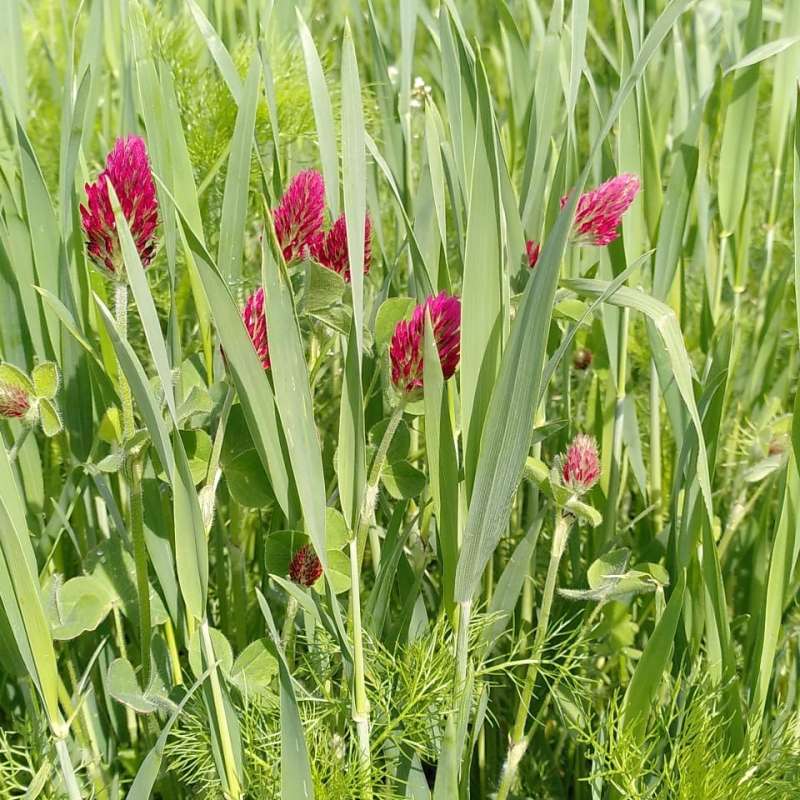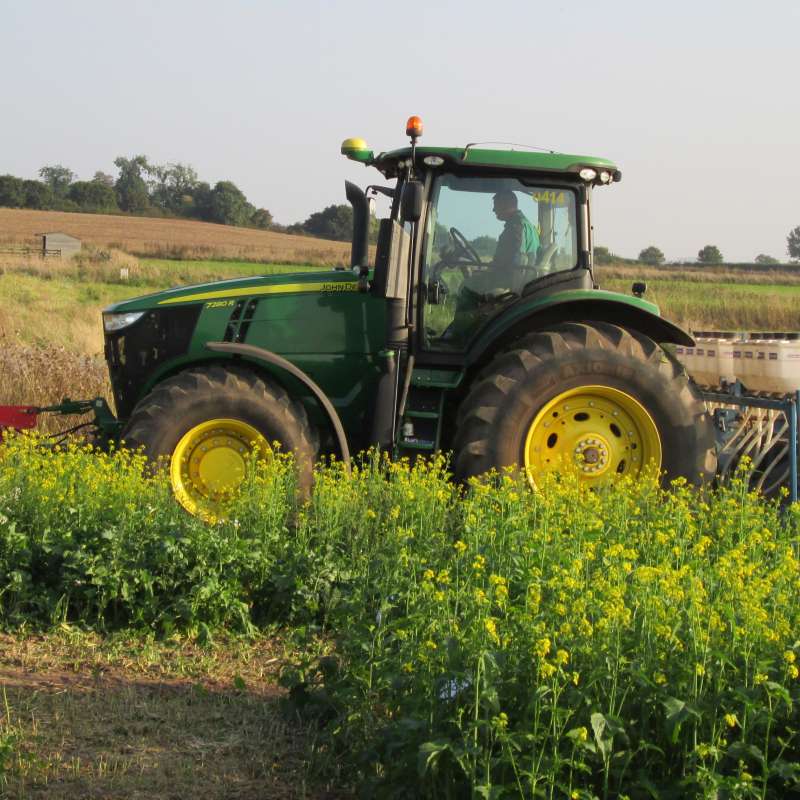Jafar Razzaghian
Lead Engineer
Authors
Heidi Udnes Aamot Hesam Mousavi Jafar Razzaghian Guro Brodal Michael Sulyok Rudolf Krska Simon G. Edwards Ingerd Skow HofgaardAbstract
In Norway, high levels of mycotoxins are occasionally observed in oat grain lots, and this cause problems for growers, livestock producers and the food and feed industries. Mycotoxins of primary concern are deoxynivalenol (DON) produced by Fusarium graminearum and HT2- and T2-toxins (HT2+T2) produced by Fusarium langsethiae. Although effort has been made to understand the epidemiology of F. langsethiae in oats, this is still not fully understood. In the present study, we aimed to increase our understanding of the F. langsethiae – oat interaction. Resistance to F. langsethiae was studied in three oat varieties after inoculation at early (booting, heading, flowering) or late (flowering, milk, dough) growth stages in greenhouse experiments. The oat varieties had previously shown different levels of resistance to F. graminearum: Odal, Vinger (both moderately resistant), and Belinda (susceptible). The levels of F. langsethiae DNA and HT2+T2 in harvested grain were measured, and differences in aggressiveness (measured as the level of F. langsethiae DNA in grain) between F. langsethiae isolates were observed. Substantial levels of F. langsethiae DNA and HT2+T2 were detected in grain harvested from oats that had been spray-inoculated at heading or later growth stages, suggesting that oats are susceptible to F. langsethiae from heading and onwards. Vinger had a moderate resistance to F. langsethiae/HT2+T2, whereas Odal and Belinda were relatively susceptible. We observed that late inoculations resulted in relatively higher levels of trichothecene A metabolites other than HT2+T2 (mostly glycosylated HT-2, and smaller amounts of some other metabolites) in harvested grain, which indicate that infections close to harvest may pose a further risk to food and feed safety.
Authors
Heidi Udnes Aamot Hesam Mousavi Jafar Razzaghian Guro Brodal Michael Sulyok Rudolf Krska Simon G. Edwards Ingerd Skow HofgaardAbstract
No abstract has been registered
Authors
Heidi Udnes Aamot Ingeborg Klingen Simon Edwards May Bente Brurberg Toril Eklo Hege Særvold Steen Jafar Razzaghian Elisa Gauslaa Ingerd Skow HofgaardAbstract
The plant pathogenic fungus Fusarium langsethiae produces the highly potent mycotoxins HT-2 and T-2. Since these toxins are frequently detected at high levels in oat grain lots, they pose a considerable risk for food and feed safety in Norway, as well as in other north European countries. To reduce the risk of HT-2/T- 2-contaminated grain lots to enter the food and feed chain, it is important to identify factors that influence F. langsethiae infection and mycotoxin development in oats. However, the epidemiology of F. langsethiae is unclear. A three-year survey was performed to reveal more of the life cycle of F. langsethiae and its interactions with oats, other Fusarium species, as well as insects, mites and weeds. We searched for inoculum sources by quantifying the amount of F. langsethiae DNA in crop residues, weeds, and soil sampled from a selection of oat-fields. To be able to define the onset of infection, we analysed the amount of F. langsethiae DNA in oat plant material sampled at selected growth stages (between booting and maturation), as well as the amount of F. langsethiae DNA and HT-2 and T-2 toxins in the mature grain. We also studied the presence of possible insect- and mite vectors sampled at the selected growth stages using Berlese funnel traps. The different types of materials were also analysed for the presence F. graminearum DNA, the most important deoxynivalenol producer observed in Norwegian cereals, and which presence has shown a striking lack of correlation with the presence of F. langsethiae in oat. Results show that F. langsethiae DNA may occur in the oat plant already before heading and flowering. Some F. langsethiae DNA was observed in crop residues and weeds, though at relatively low levels. No Fusarium DNA was detected in soil samples. Of the arthropods that were associated with the collected oat plants, aphids and thrips species were dominating. Further details will be given at the meeting.

Division of Biotechnology and Plant Health
REKORN: Can regenerative cultivation methods contribute to reduce the risk of fungal diseases in cereals?
Regenerative agriculture is referred to as a bridge between organic and conventional agriculture and has received increased attention in recent years. Regenerative agriculture focuses on soil health and cultivation measures that can stimulate soil life and plant growth. An improvement in soil health is visualized, among other things, in increased carbon storage in the soil, limited soil compaction and increased microbiological diversity. The methods used to improve soil health within cereal cultivation may include crop rotation, reduced tillage, intercropping, use of catch crops and surface composting where plant residues are mixed into the top-soil layer.

Division of Biotechnology and Plant Health
Green crop protection: Cruciferous plants as a green alternative to chemical pesticides in cereals
Cereal plants infested with plant pathogenic fungi or nematodes may have reduced grain quality and yield. These diseases can partly be controlled by using chemical pesticides. The purpose of this project is to identify "green" methods to mitigate plant pathogenic fungi and nematodes in cereals, as an alternative to chemical pesticides.
